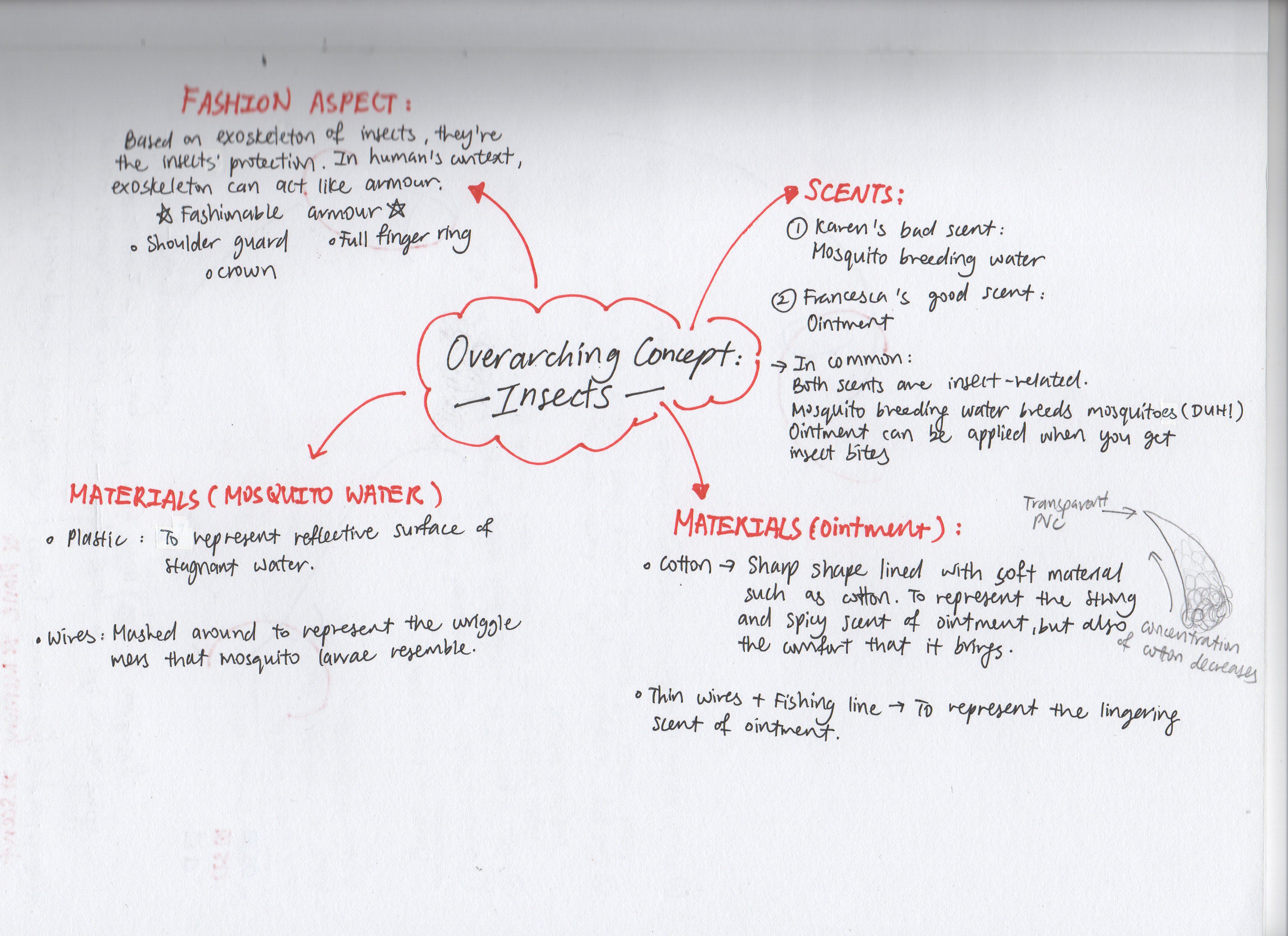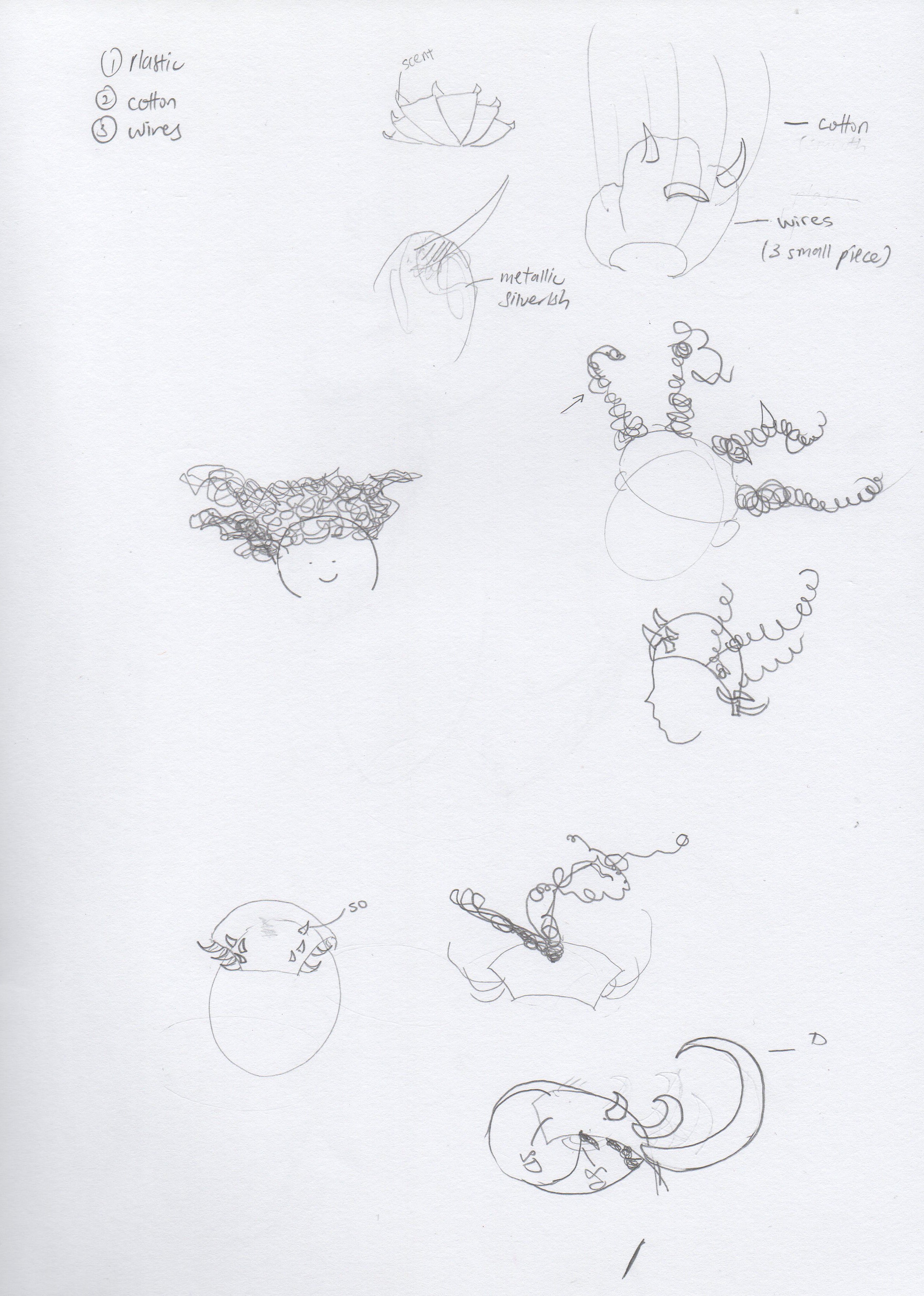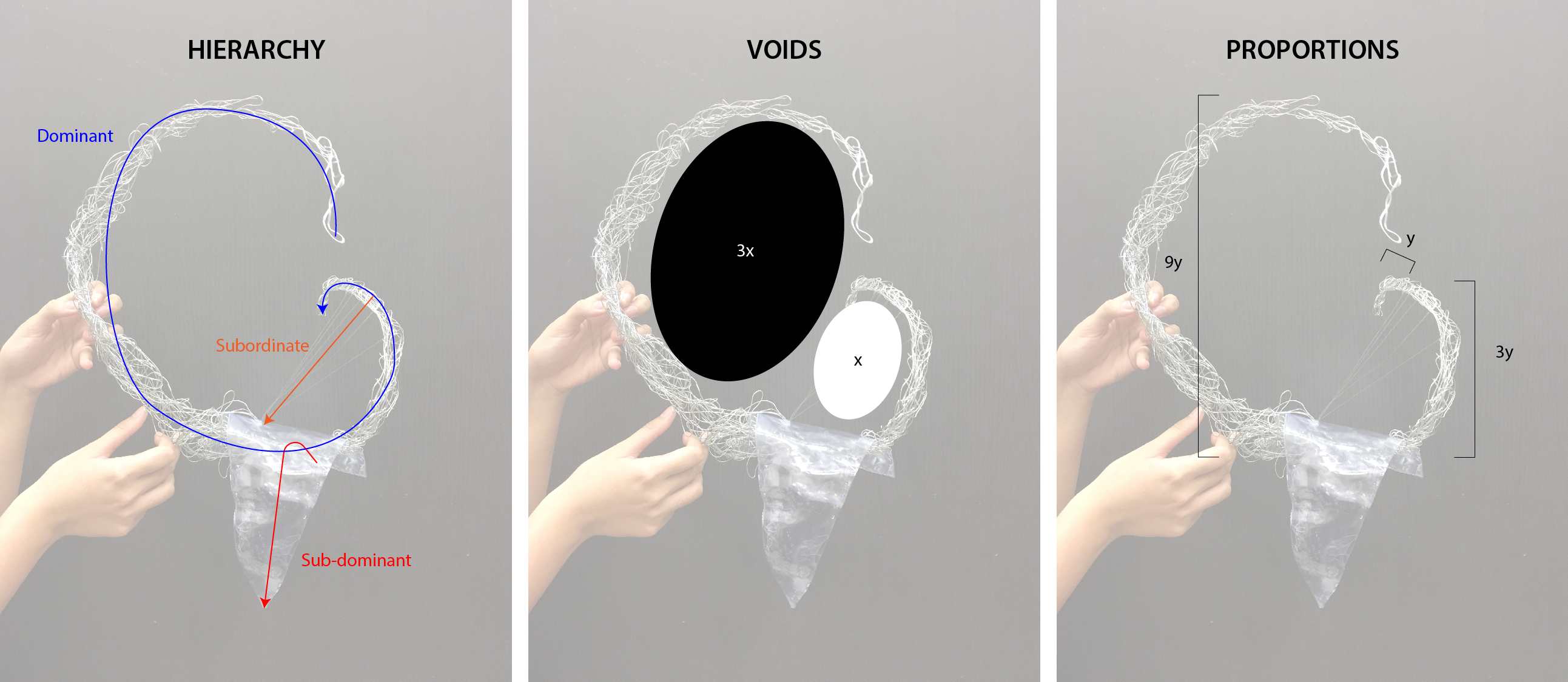Overview
Through this project, we’ve learned about how scent is closely linked to our memory. This isn’t the first time that I’m introduced to this concept. When I was doing my Final Year Project in polytechnic, my teacher also mentioned about how our senses trigger memory and certain reactions. He mentioned that surprisingly, out of all our senses, our sense of smell is the one most closely linked to memory. I would’ve thought that our sense of sight would be the one closely-linked to memory instead, since we’re so reliant on our sight.
I myself have experienced this phenomenon first-hand before! For example, whenever I sniff Dove cucumber and green tea body wash, I’m transported back to my school trip to Malaysia back in secondary school because this was the exact body wash that I brought there. I guess it will always be a surprise as to what memory surfaces whenever we encounter a vaguely familiar scent, therefore scent can trigger both positive and negative memories to surface since it’s really out of our control.
Here’s the breakdown of this post:
- Recap
- Ideation
- Execution
- Final Works
- Final Thoughts
Recap
Planar exercise:
We kickstarted this project with a plane exercise. Read more about my planar sketch models here.
Chosen good and bad scents:
The good scent that I’ve chosen is ointment, and the bad scent is blackstrap molasses. Read more about the reason why I chose them here.
The shape of scent:
I then give these scents a physical form and constructed it out of plastic. Read more about my plastic model here.
Ideation
Project aim: To produce a planar model (that doubles as a fashion accessory) that incorporates scent and memory.
Concept:
My good and bad scents are ointment and blackstrap molasses respectively. Karen’s good and bad scents are laundry and mosquito breeding water. We started off by finding a common link between these seemingly unrelated scents so that we can have a theme. Looking at ointment (my good scent) and mosquito breeding water (Karen’s bad scent), the common link would be that both are insect-related. Ointment is often used to relieve itchiness from insect bites and mosquito breeding water breed mosquitos (DUH!). Hence, we felt that it would be appropriate to have an insect theme.
Architecture inspiration:
I looked to architecture works so that I can see how planes have been incorporated. The following works are architecture inspired by insects.
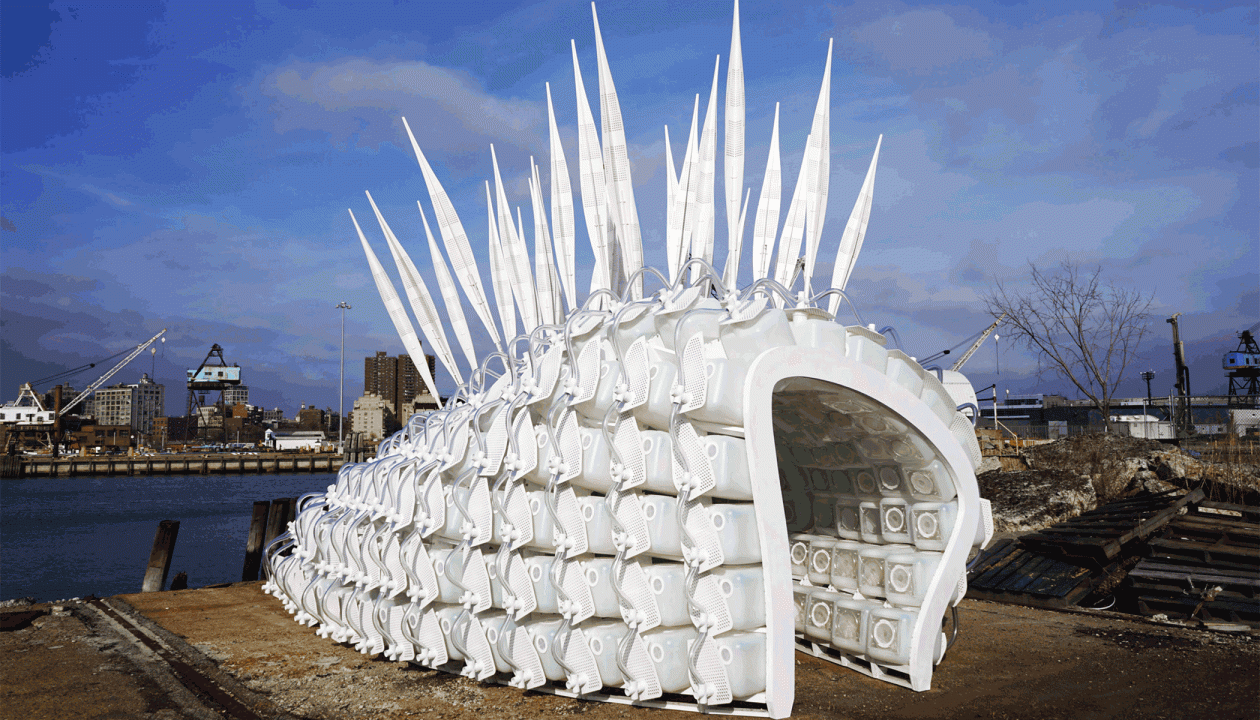


Fashion Application:
An exoskeleton is the external skeleton that supports and protects an animal’s body, in contrast to the internal skeleton (endoskeleton) of humans. In human’s context, our ‘exoskeleton’ would be armour. Therefore, I felt that it would be interesting to create insect-inspired armour for our fashion application.
The following works are fashion pieces that mimic armour and incorporate planes as well.
Paper renditions:
Based on our plastic models, we are asked to select a part that is interesting and make a paper rendition of it. I’ve decided to pick the thin and spiky parts because I feel that they’re more versatile to work with.
Rendition 1:
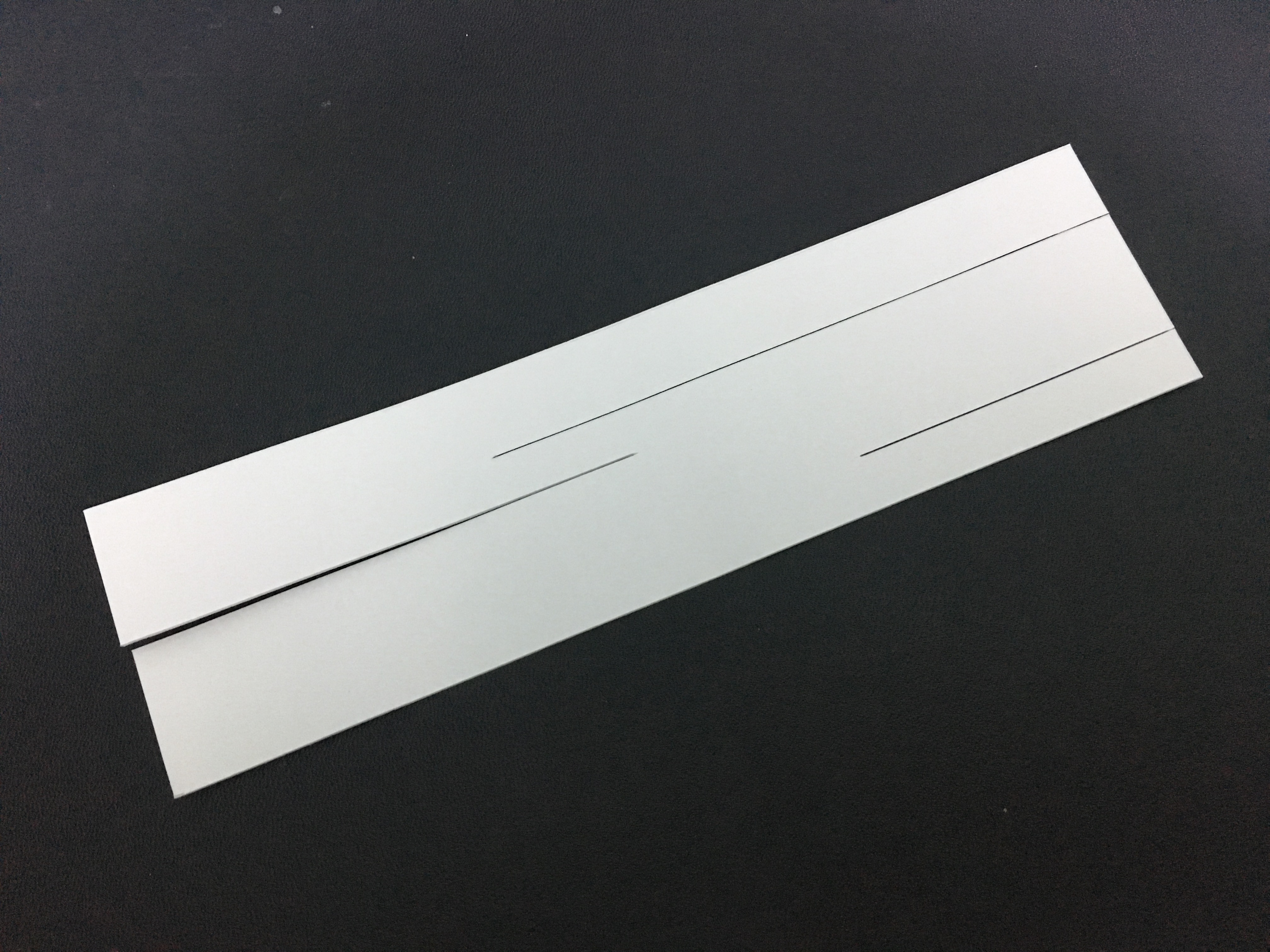

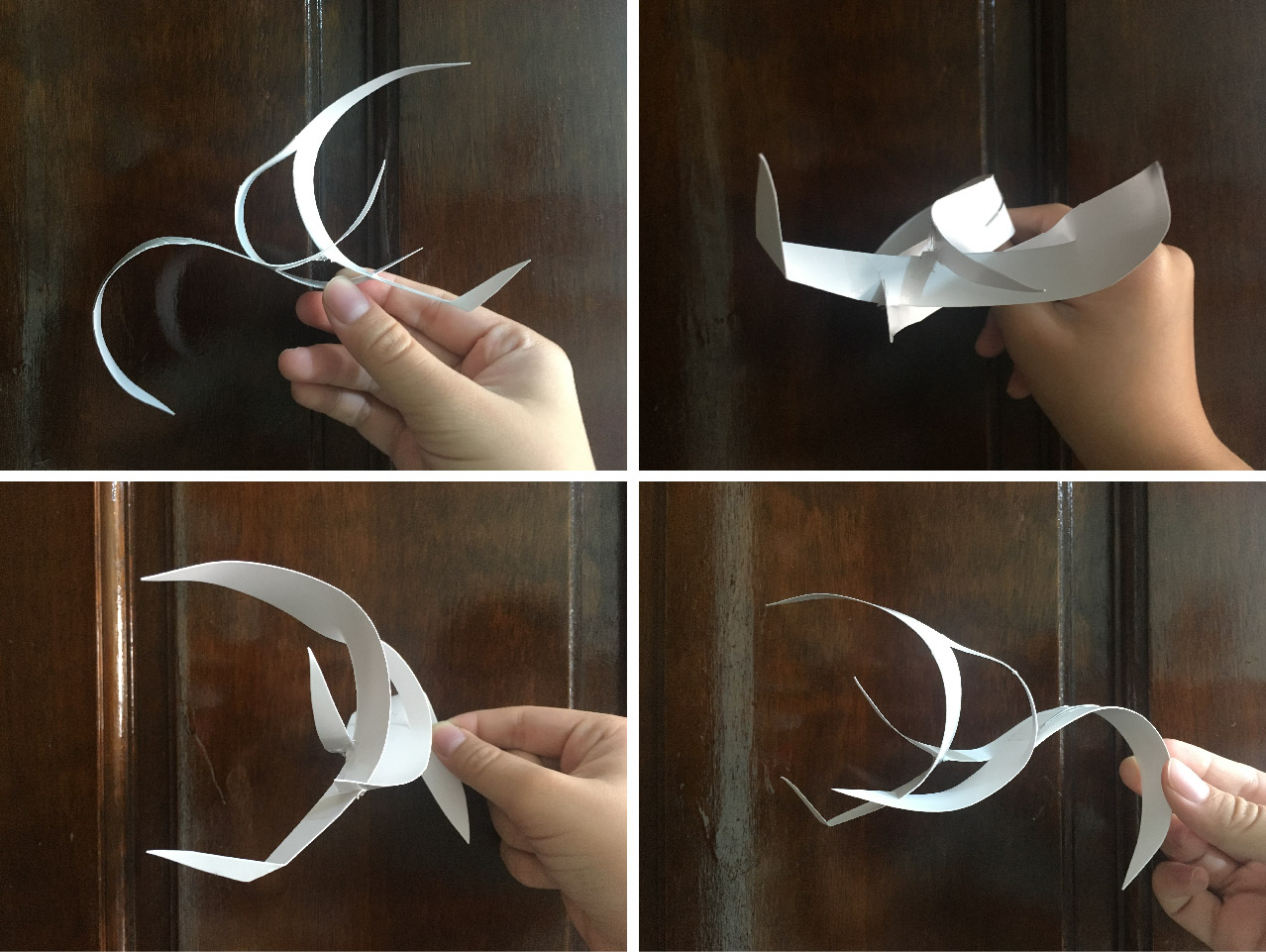
Rendition 2:

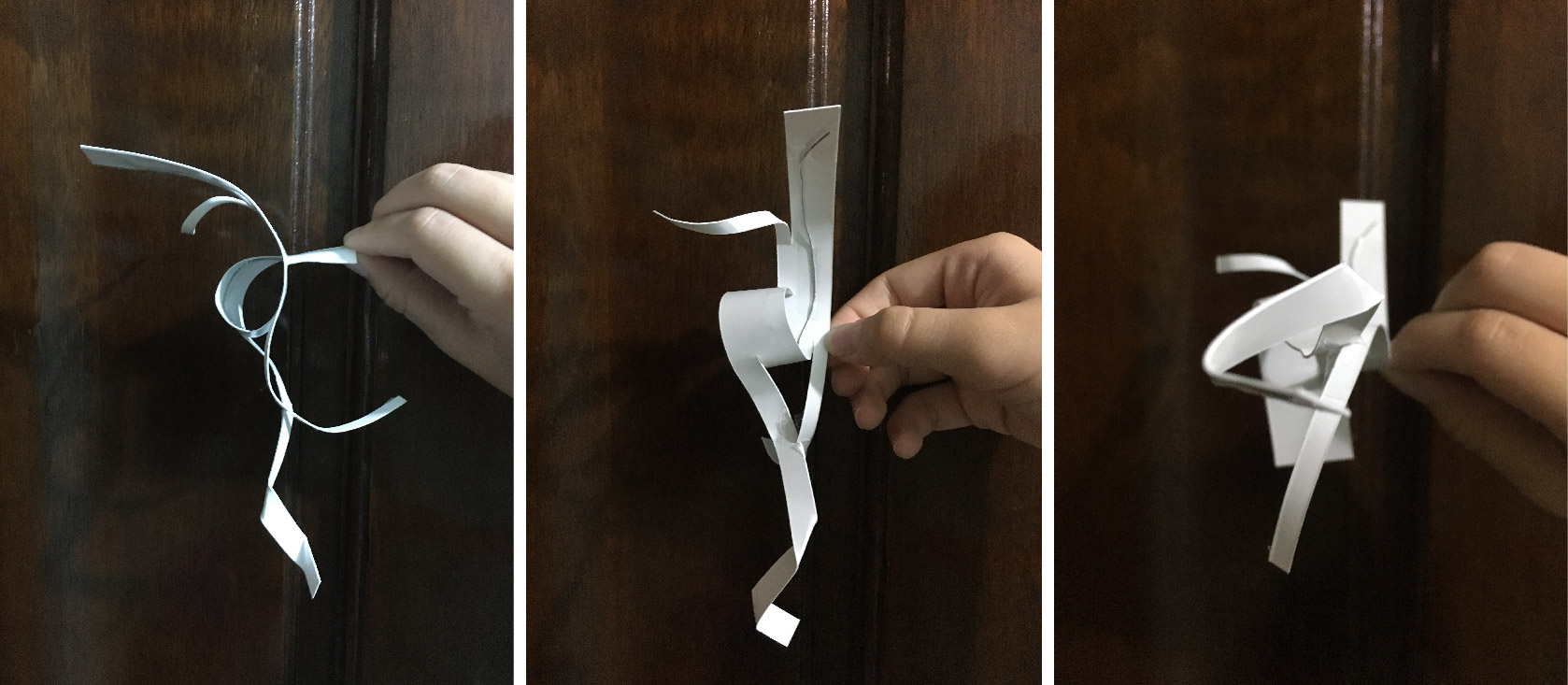

Rendition 3:

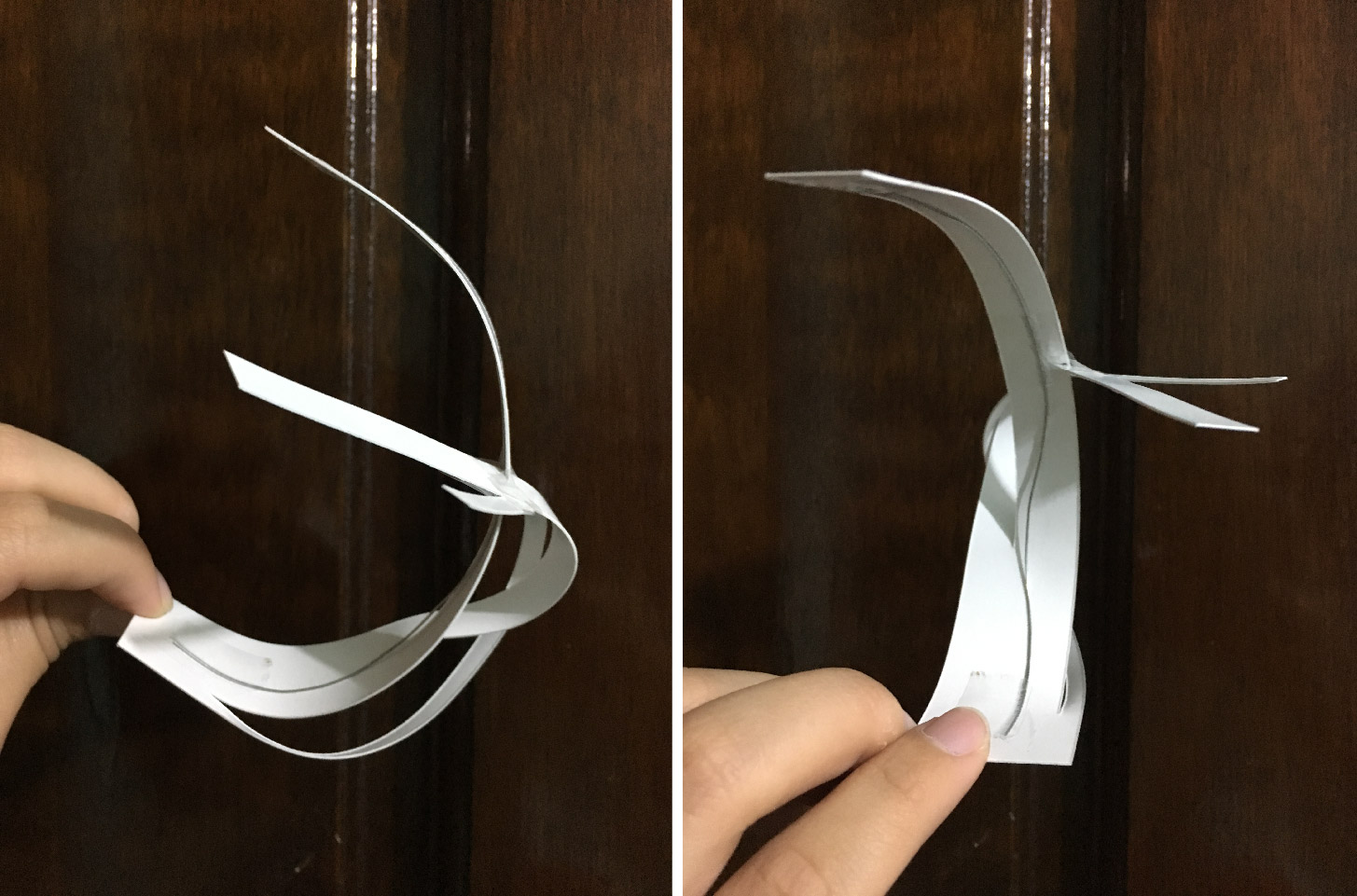

Out of all three renditions, the third rendition is my favourite even though it’s the simplest out of all. I like that it’s minimalistic and easy on the eyes.
Execution
Sketches:
Our sketches are very rough because the process of making sculptures are often spontaneous, hence it’s difficult to predict the outcome.
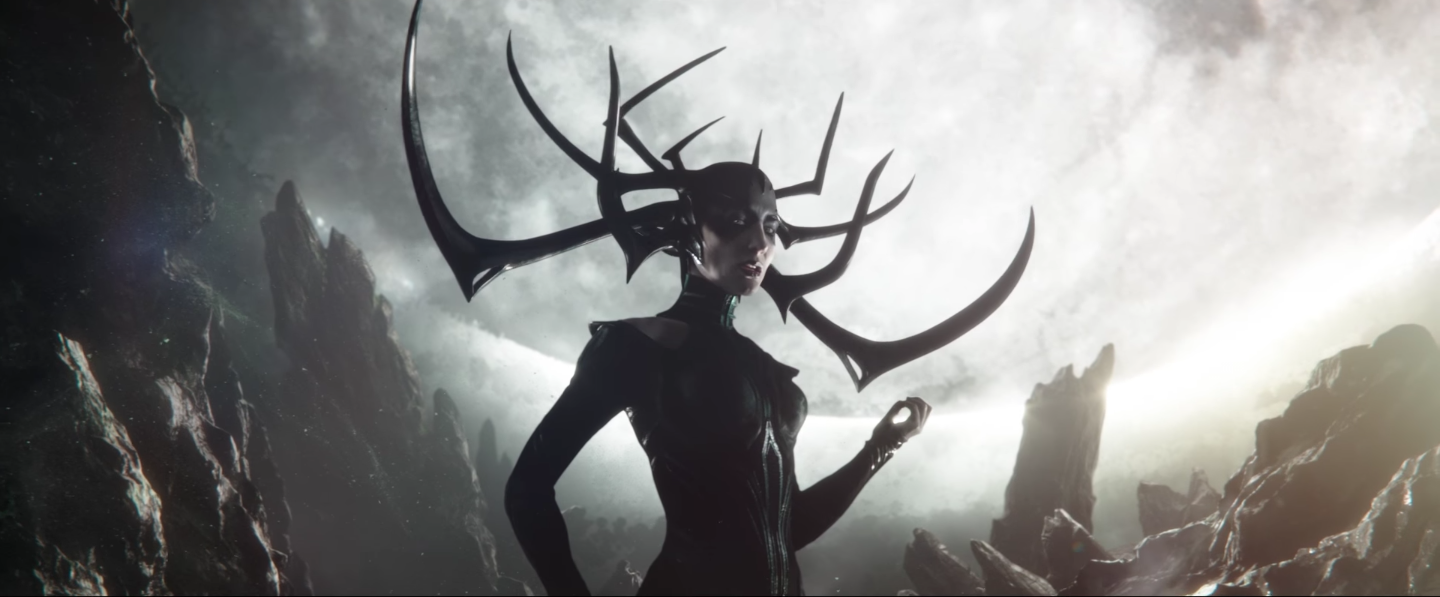
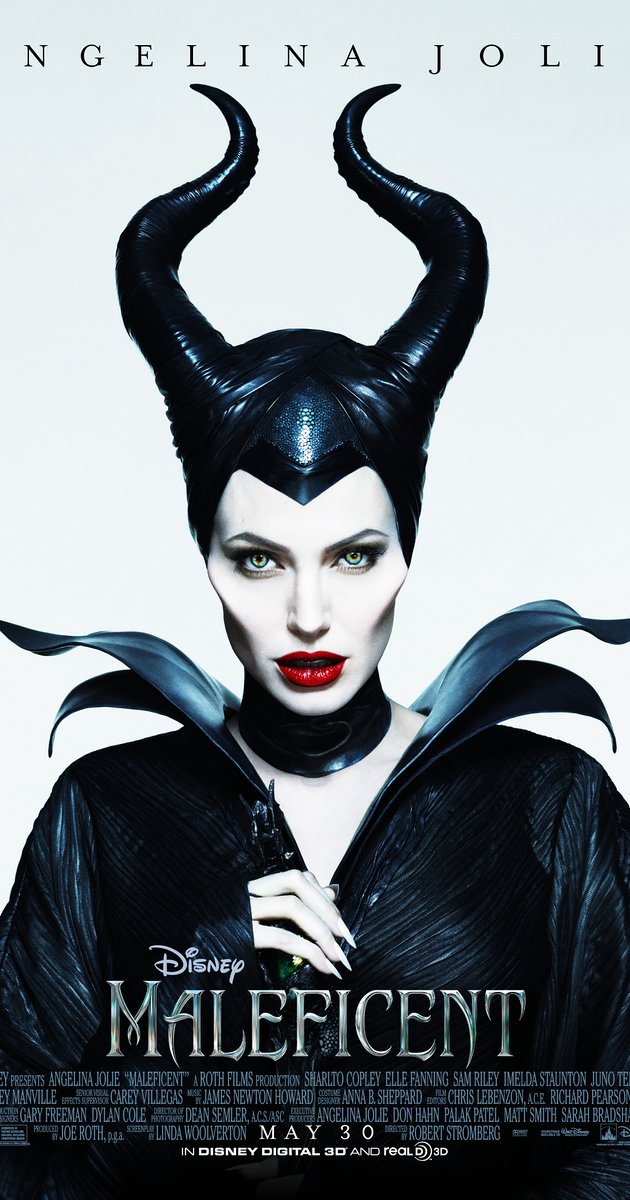
Final materials:
- PVC sheet – To represent mosquito breeding water and its stagnant and reflective surface.
- Wires – To represent the repulsive mosquito larvae and to mimic how they clump and mingle together.
- Fishing line – To represent the lingering scent of ointment. We decided to scrape cotton as a material since we felt that it doesn’t go well with the industrial materials such as PVC sheet and wires.
Overall, all the materials we chose were industrial materials, tying back to the armour concept that we had.
Development of sculpture:
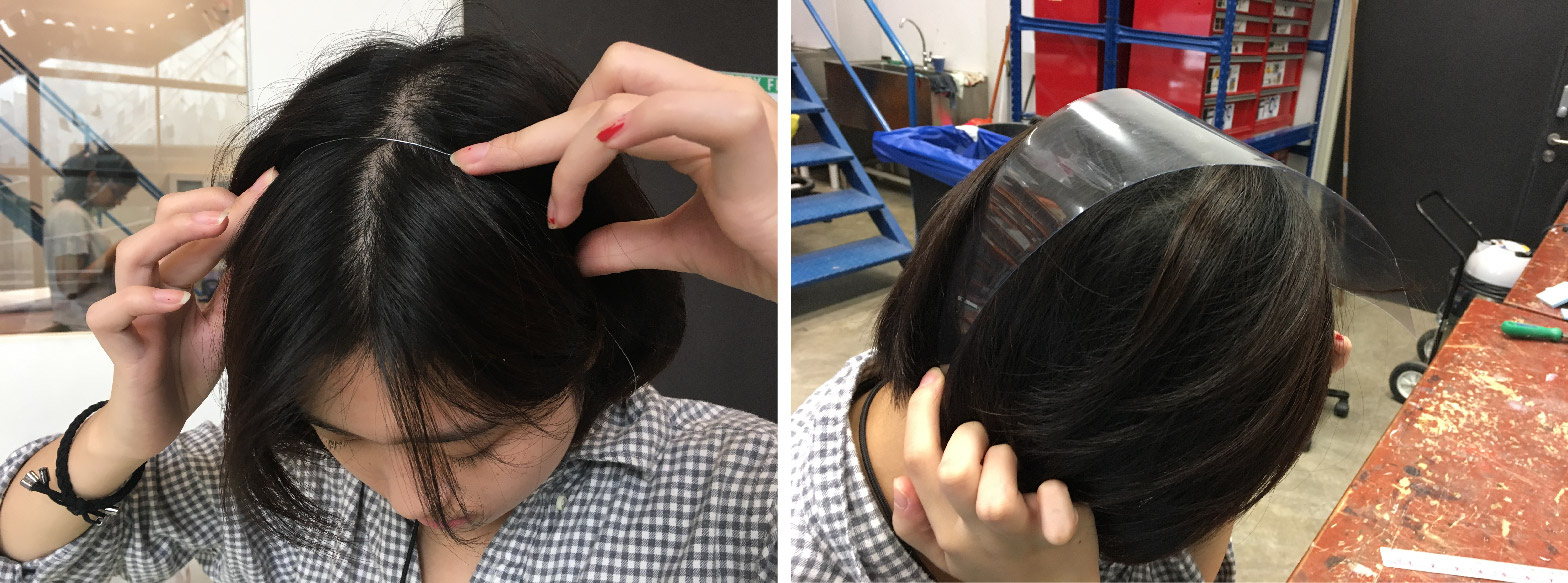
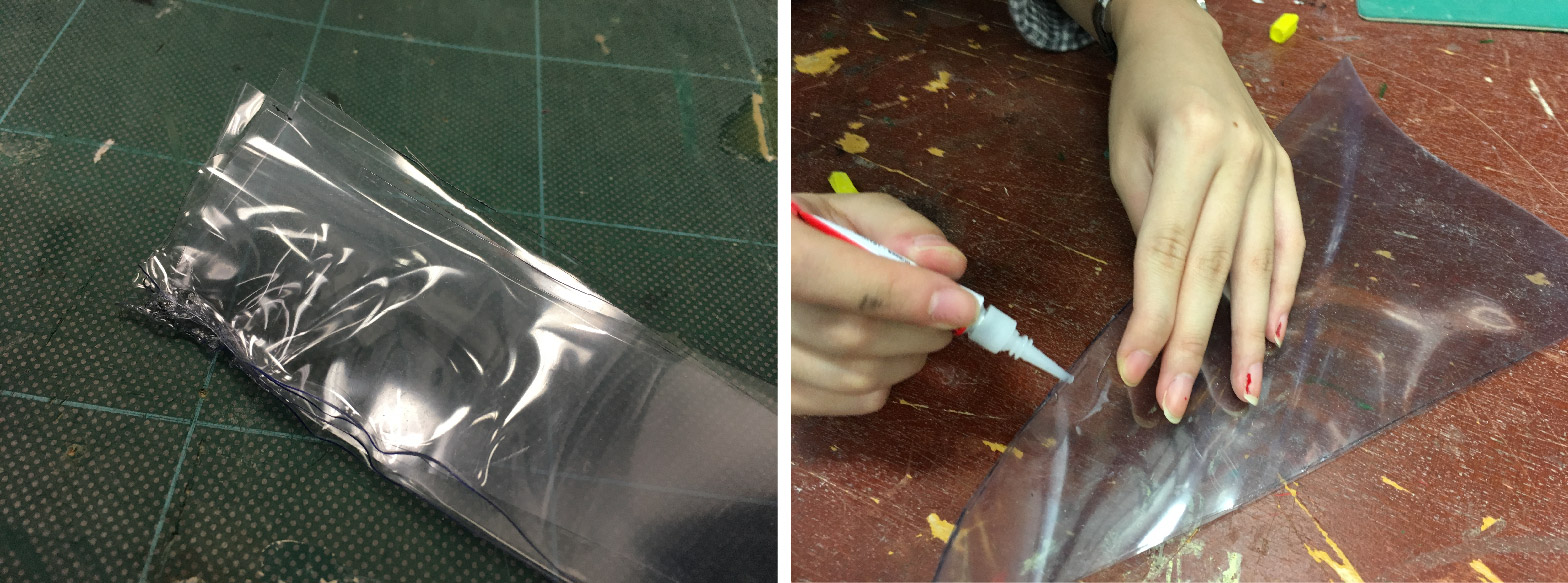
Left: Using heat gun to melt them together.
Right: Using super glue to glue them together. We decided to use this method since it doesn’t warp the sides of the PVC sheet.
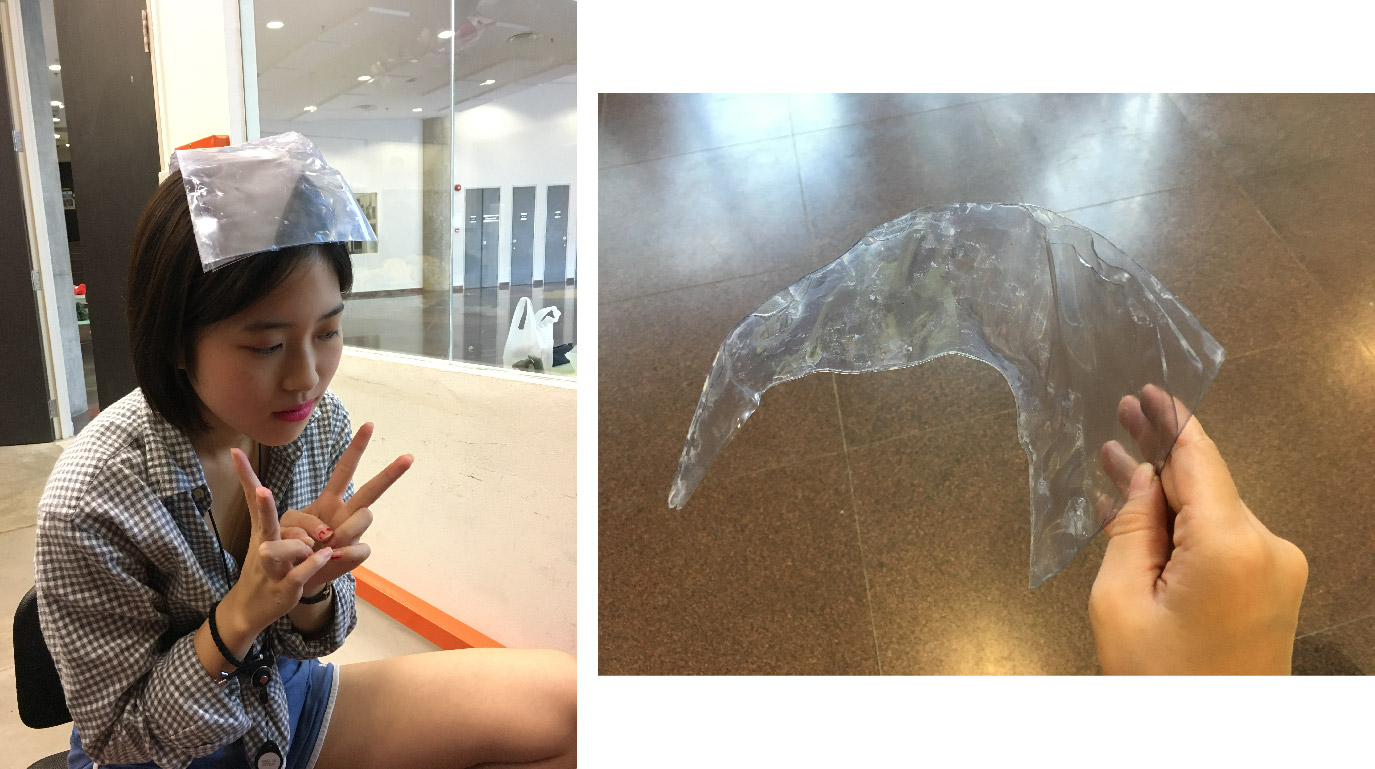

Left: Started off by cutting a thick piece of wire to determine the length of our plane, this piece also acts as the base. Then, we started to coil tightly continuously down the length. There are many reasons why we abandoned this method eventually.
1. Tedious and time-consuming method since the coils took a long time to build up. There wasn’t any way of quickening this process and it would make us very unproductive since we would be coiling wires for the entire
2. A waste of wires!
3. The end product ended up being curvilinear and not planar, there’s no way of flattening it to make it planar.
Right: We used an art cart plane as a base instead and coiled wires around it. This method was also abandoned because it would take a lot of effort to hide the art card completely underneath the coils of wires.



Final Works
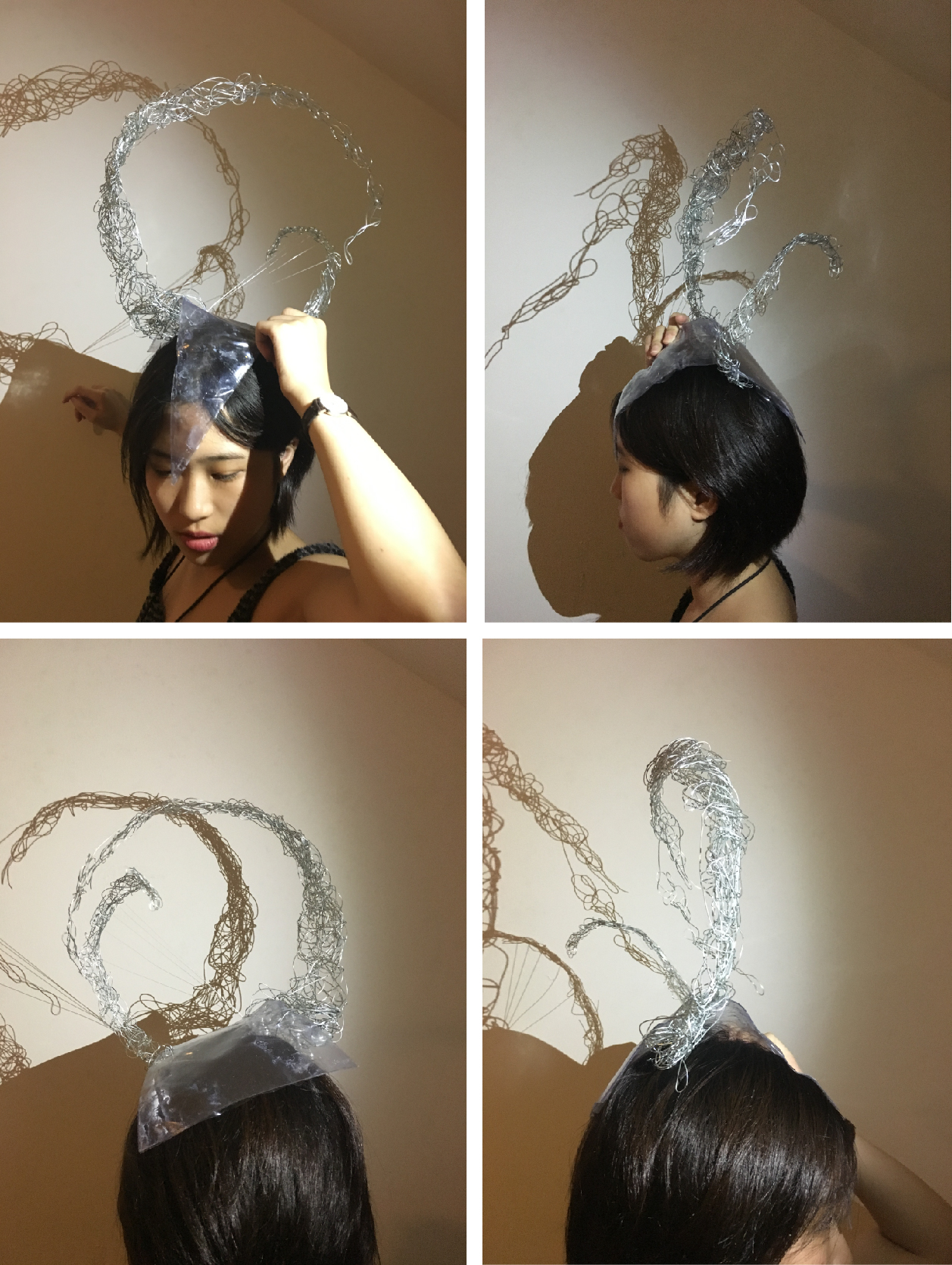
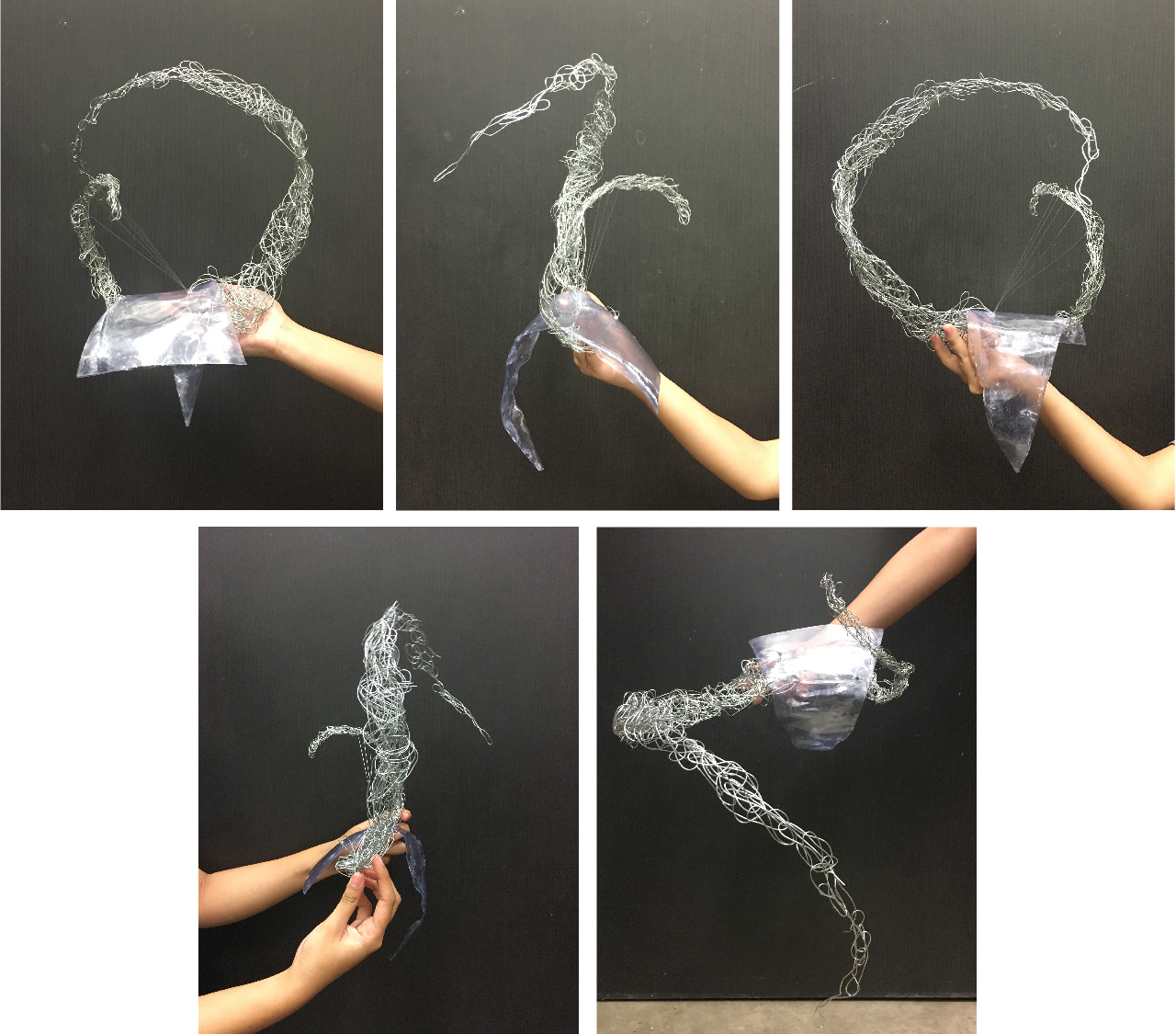
Rationale:
This is the ‘Mosquito Armour’, a piece of fashion armour inspired by mosquitos (trying to not make it sound so anti-climatic here). It’s an armour to ward off mosquitos!
Chosen theme
Mosquito, or insect in general, is our chosen theme as it is the common element in our chosen scents. Karen’s chosen bad scent is smelly mosquito breeding water, which clearly relates back to mosquitos. My chosen good scent is ointment, which is commonly used to relieve itchy mosquito bites.
From here on, we thought of coming up with a fashion piece inspired by the exoskeleton of insects. As the exoskeleton protects the insect from the outside, it functions the same way as armour in human’s context. Hence, our fashion piece would be an armour.
Materials and Form
We were inspired by ikebana once again! That’s why the overall form of the sculpture is asymmetrical and makes use of voids to create visual interest.
The PVC plane is flat and smooth, with dirty splotches on it. It represents the dirty stagnant water where mosquitos breed.
The wire planes are tangled and messy, representing the mosquito larvae that reside just beneath the water surface. When the mosquito larva clump together, they look like a clump of disgusting mess and it is truly nature’s nightmare.
Both the PVC and wire planes work hand-in-hand to reflect Karen’s reaction when she discovered the mosquito breeding water in her room. Not only did it give off a musky and nasty smell, it also caused Karen to have many mosquito bites.
The fishing lines form an implied plane, representing the lingering scent of ointment. Even though the fishing lines appear taut, they are soft to the touch, in turn representing the comfort that it brings to me.
These materials are cohesive, ranging from opaque to transparent. As a result, they look good when light is shown directly on them.
Finally, the finishing touch, which is Citronella spray in orange scent. It is used to ward off mosquitos and is definitely fitting to use in our project.
Final Thoughts
As smell is invisible, it is intriguing to give it a form. Smell itself can be interpreted in different ways too, depending on how one perceives it and what their memory of it is. Hence this affects the form that one will give it. This project has taught me to be sensitive to smells and discover if they are linked to any specific memory. It’s always a surprise since we never know when a piece of forgotten memory would resurface!
Overall, I’m proud of this piece of work that Karen and I had produced together.
Image Sources
- D’Arcy, P. (2017). Exciting, thought-provoking ideas that reimagine how we can live and work in cities. ideas.ted.com. Retrieved 15 October 2017, from https://ideas.ted.com/exciting-thought-provoking-ideas-that-reimagine-how-we-will-live-and-work-in-cities/
- Mountain, J. (2017). Creative Cicada pavilion in Spain mimics the body of an insect. Inhabitat.com. Retrieved 15 October 2017, from https://inhabitat.com/creative-cicada-pavilion-in-spain-mimics-the-body-of-an-insect/
- Frearson, A. (2017). Zoomlion Headquarters Exhibition Center by amphibianArc – Dezeen. Dezeen. Retrieved 15 October 2017, from https://www.dezeen.com/2012/07/13/zoomlion-headquarters-exhibition-center-by-amphibianarc/
- Ho, B. (2017). Futuristic Pirate Photography : Gwen Lu. TrendHunter.com. Retrieved 15 October 2017, from https://www.trendhunter.com/trends/gwen-lu
- Misanthropic Messiah. (2017). Misanthropic Messiah. Retrieved 15 October 2017, from http://misanthropicmessiah.tumblr.com/post/93059618341
- Gothic Punk Rock Full Finger Ring – Silver – Free Shipping. (2017). Suntekstore.com. Retrieved 15 October 2017, from http://www.suntekstore.com/goods-13002127-gothic_punk_rock_full_finger_ring_-_silver.html
- avant garde. (2017). Pinterest. Retrieved 15 October 2017, from https://www.pinterest.com/pin/501025527271558548/
- Thor: Ragnarok: Here’s what’s going on. (2017). Polygon. Retrieved 18 October 2017, from https://www.polygon.com/2017/4/10/15243314/thor-ragnarok-explained




